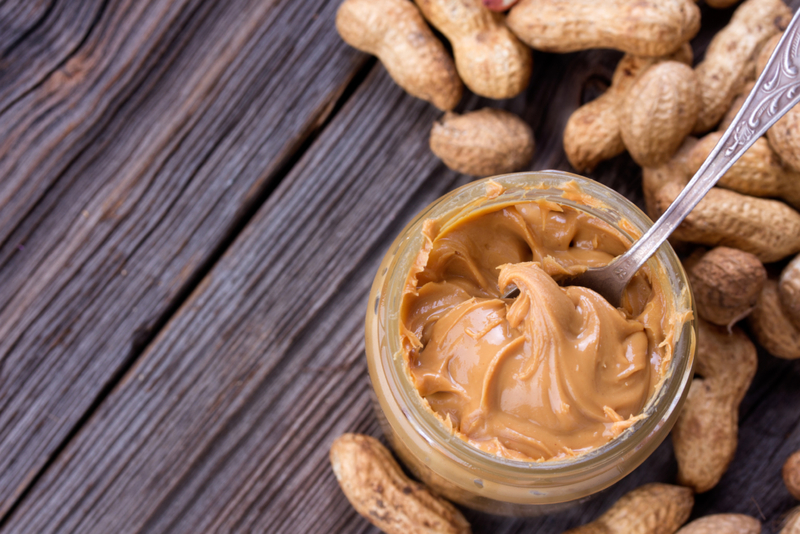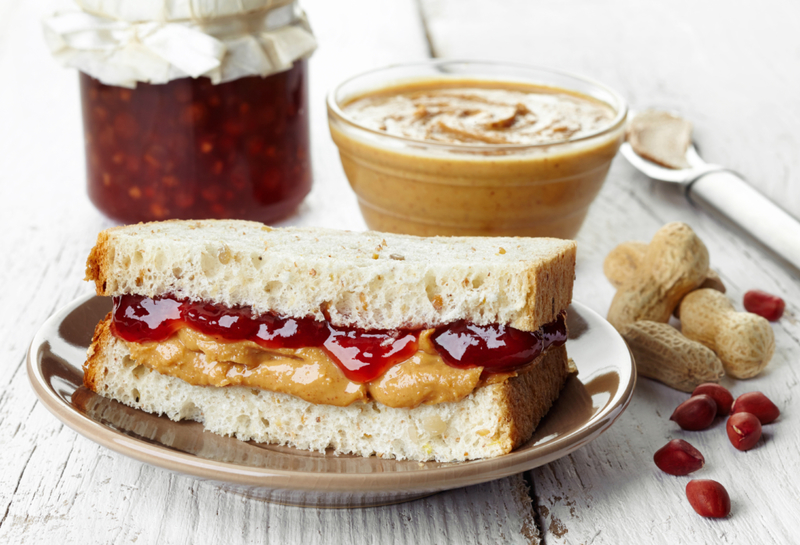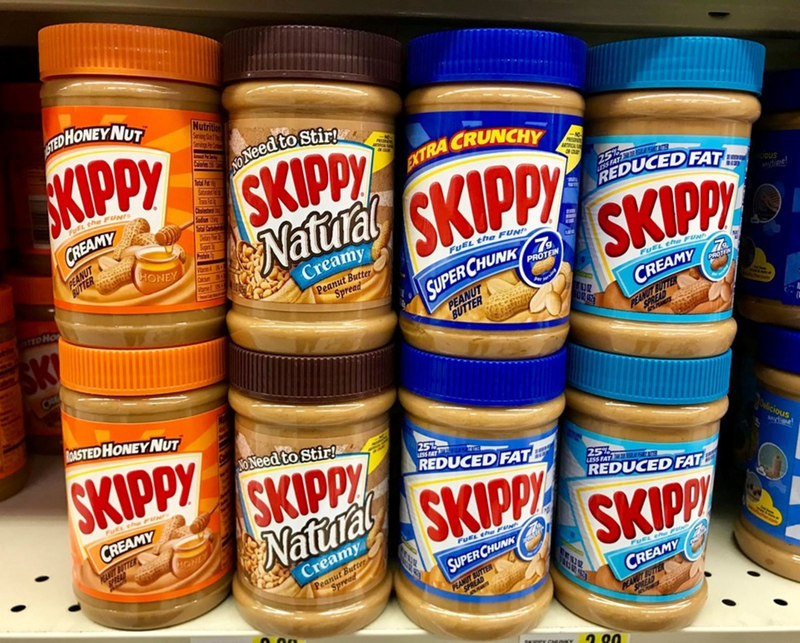The peanut butter and jelly sandwich is an American classic, a slice of true Americana. It’s the quintessential childhood dish and comfort food for many adults. We have many variations today. Sandwiches with different kinds of nut butter, bananas added, and jelly that’s not traditional grape. Yet nothing comes quite as close to the original. How did the PB&J sandwich become so ubiquitous in our lives? Here are a few surprising facts about the history of this humble sandwich.
Peanut-Based Innovation in the 1800s
In 1884, Canadian doctor Marcellus Gilmore patented a peanut paste for the first time. By the 1890s, Dr. John Harvey Kellogg put in a patent application to create a nut paste as a new article of food. He would experiment with adding salt to the paste, which would change everything.

1901 – The First Peanut Butter and Jelly Sandwich Recipe
In 1901, the sandwich captured imagination when Julia Davis Chandler first published a “wholly original” and delicious sandwich recipe. The recipe called for three layers of thin bread and two fillings each of jelly and peanut paste.

1920 – Peanut Manufacturing Reaches All-Time Highs
The commercial peanut industry witnessed a boom in the 1920s, making peanut butter cheaper. The paste found its way from high society to the common man’s table. During this time, manufacturers began adding sugar to peanut butter to appeal to children’s palates.

1941 to 1945 – Comfort Food for US Soldiers Fighting World War II
Soldiers fighting in World War II made the sandwich popular across the country. Peanut butter and jelly featured prominently on ration menus for the military. When they came back home, the sandwich became familiar comfort food for everyone. It helped that peanut butter was inexpensive during the war – helping its popularity as a beloved American meal grow.